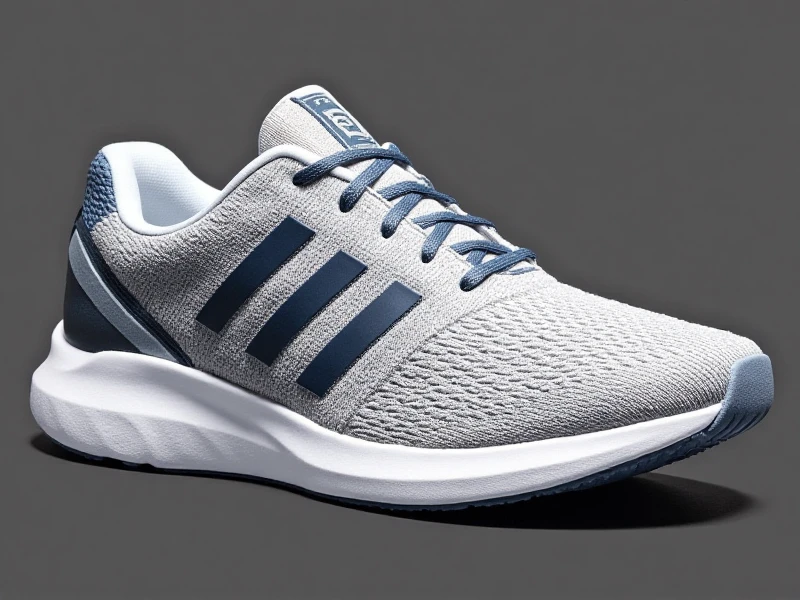The Ultimate Guide to Choosing Men's Training Shoes for Peak Performance

Men's training shoes are essential for anyone serious about fitness, whether you're hitting the gym, cross-training, or incorporating high-intensity workouts into your routine. These versatile athletic shoes blend cushioning, stability, and support to handle everything from weightlifting to bursts of running. Unlike regular sneakers, men's training shoes are engineered with flexible soles and responsive materials that adapt to multidirectional movements—think agility drills or circuit classes. Their role isn't just comfort: they help prevent common injuries by reducing impact on joints. So why do so many athletes swear by them? I've worn various pairs over the years, and the key lies in how they upgrade your daily routine without compromising safety.
Selecting the right pair of men's training shoes starts with understanding your workout style. For instance, if you focus on HIIT classes or functional training, prioritize shoes with a wide base and lateral support to enhance balance during side-to-side motions. Brands like Nike and Adidas offer models tailored for this—models such as cross-training options that provide firm grip on indoor surfaces. Weightlifters might prefer a lower-drop heel for better stability during deadlifts, combined with lightweight uppers for breathability. Always try shoes on in-store, if possible: they should fit snugly but allow wiggle room in the toe area to avoid blisters after long sessions. Durability matters too—opt for reinforced outer layers if you're prone to rough surfaces.
The benefits of quality men's training shoes extend beyond performance gains. Enhanced shock absorption reduces fatigue and speeds up post-workout recovery, while arch support minimizes risks like plantar fasciitis. I've noticed they hold up well over time, especially when cleaned regularly to prevent odors—rotate pairs to keep them fresh. In my view, investing in reputable men's training shoes saves money long-term by avoiding frequent replacements. Look for features like moisture-wicking liners or memory foam insoles for all-day comfort. Ultimately, choosing the best option involves matching shoes to your fitness goals; a versatile pair could become your go-to for years. Ready to shop? I recommend exploring top brands online—it’s an investment in your health. ( 420)